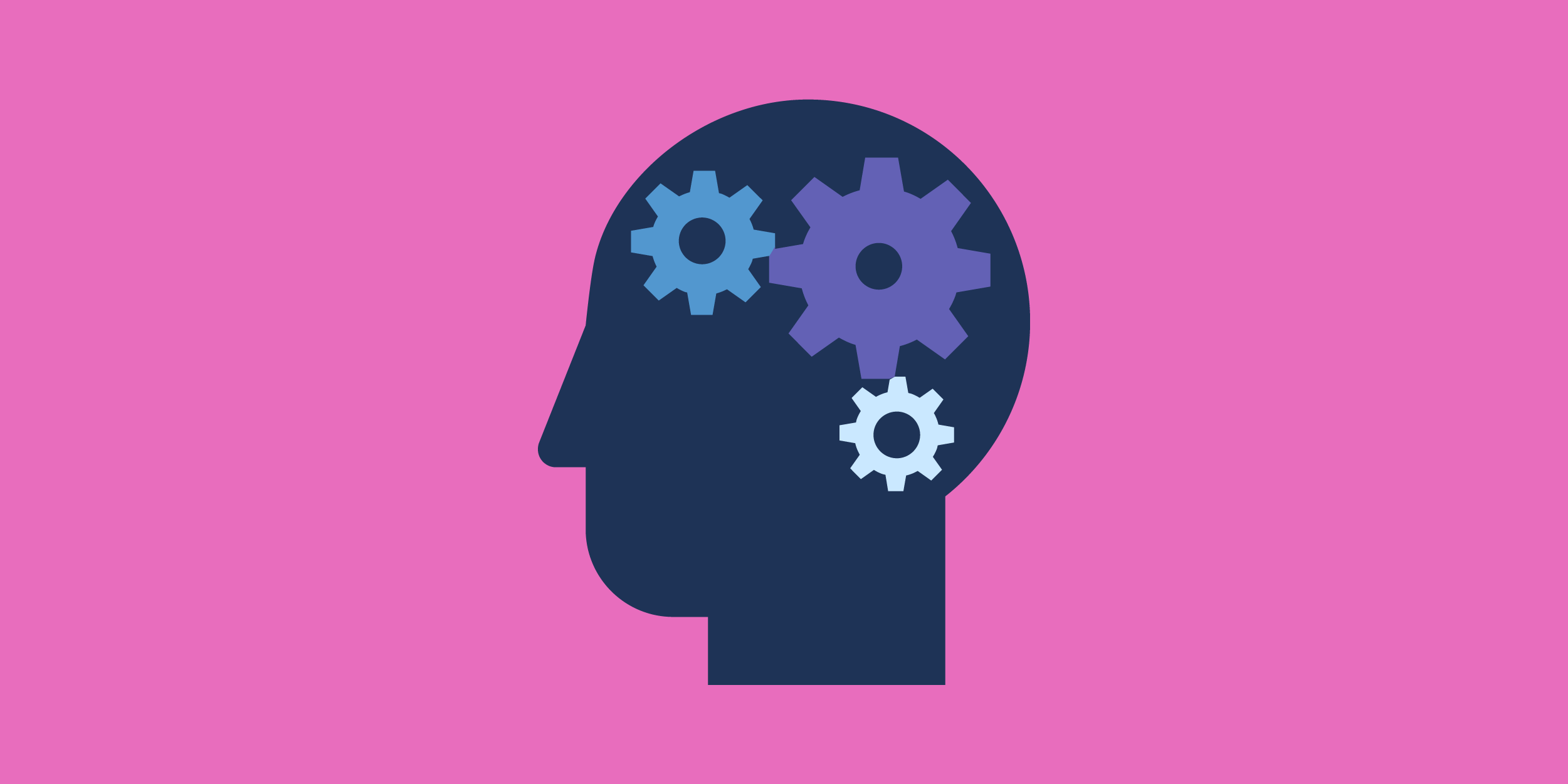We have many cognitive biases and motivations that drive our behaviour. These are often unconscious and can be part of our genetic makeup or learned.
An understanding of these behavioural drivers will help you to design better products and services, and optimise the customer experience on your website.
It’s fascinating, we promise - think of it as the science behind human behaviour!

When a user hits your website they immediately start to unconsciously ask themselves questions:
- Am I in the right place, is this relevant to me?
- Can I trust this brand?
- Is the information I want available and easy to understand?
- Is this process going to be quick and simple?
- Is anything getting in my way?
That’s why your top landing pages are so important. They form the first impression a visitor creates of your website (and possibly your brand!), making them a vital touchpoint in the customer journey. Delighting your user with fantastic user experience will help guide them through the funnel to conversion.
Behavioural science principles are like a checklist to a high-performing website – ignore them at your peril!
Not so fast... while behavioural science principles are in essence a handy framework to follow, they are also a complex balancing act. There are overlaps and sometimes conflicts between these principles.
What works for one brand and one audience may not work for another, making every “checklist” unique and as complicated as rocket science.
Each month, we will have a segment in our newsletter dedicated to a different principle. If you don't receive our newsletter you can sign up now.
The goal is to provide bite-sized information you can take away and use to review your own website and discover how to improve your customer experience.
These principles of course can be applied across all your audience touchpoints but for now we’ll focus on your website.
You can also always get in touch with us at hello@daydot.agency - we LOVE to talk about behavioural science, and would be more than happy to chat.
That’s the intro out the way, so this month we’ll be talking about Social Proof.
Click above to read our full guide about Social Proof – the first in our blog series about behavioural science.